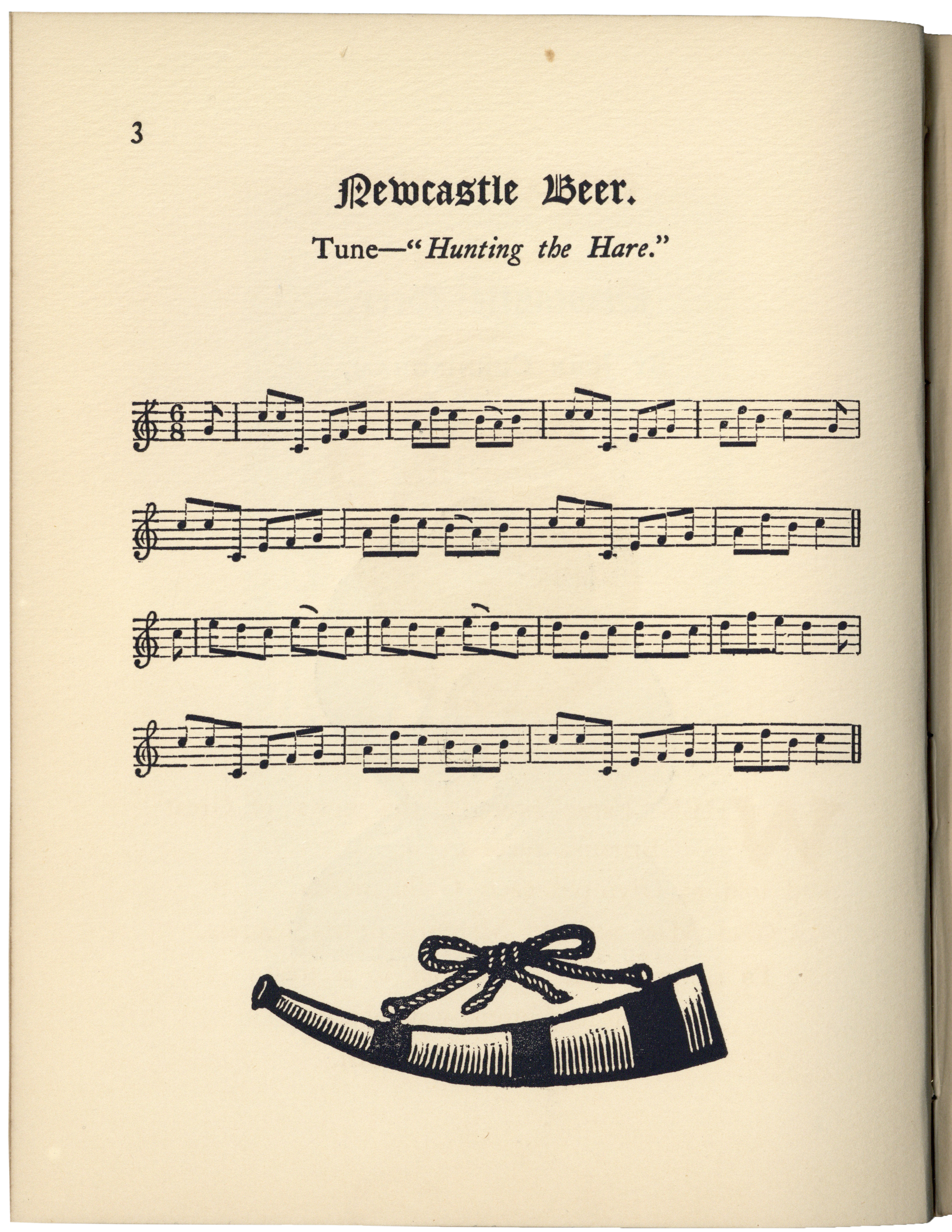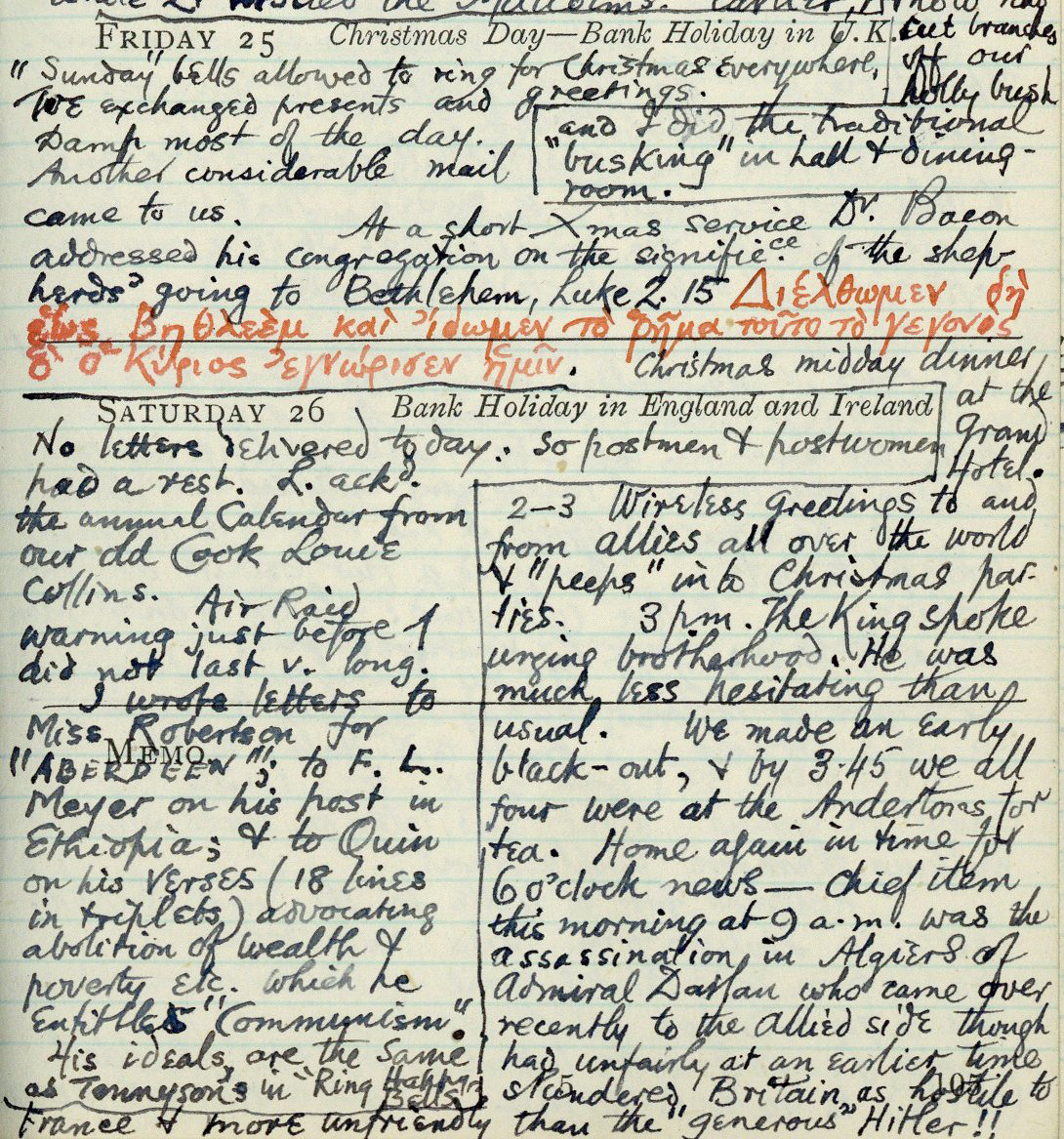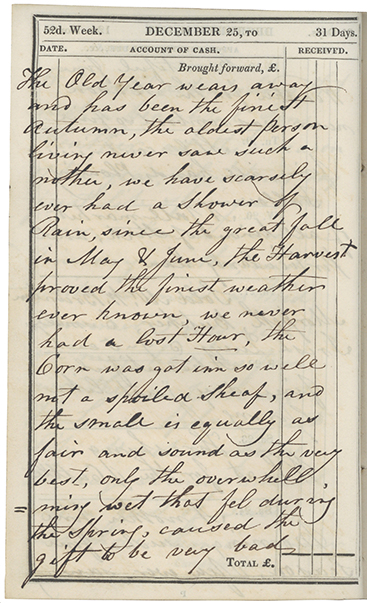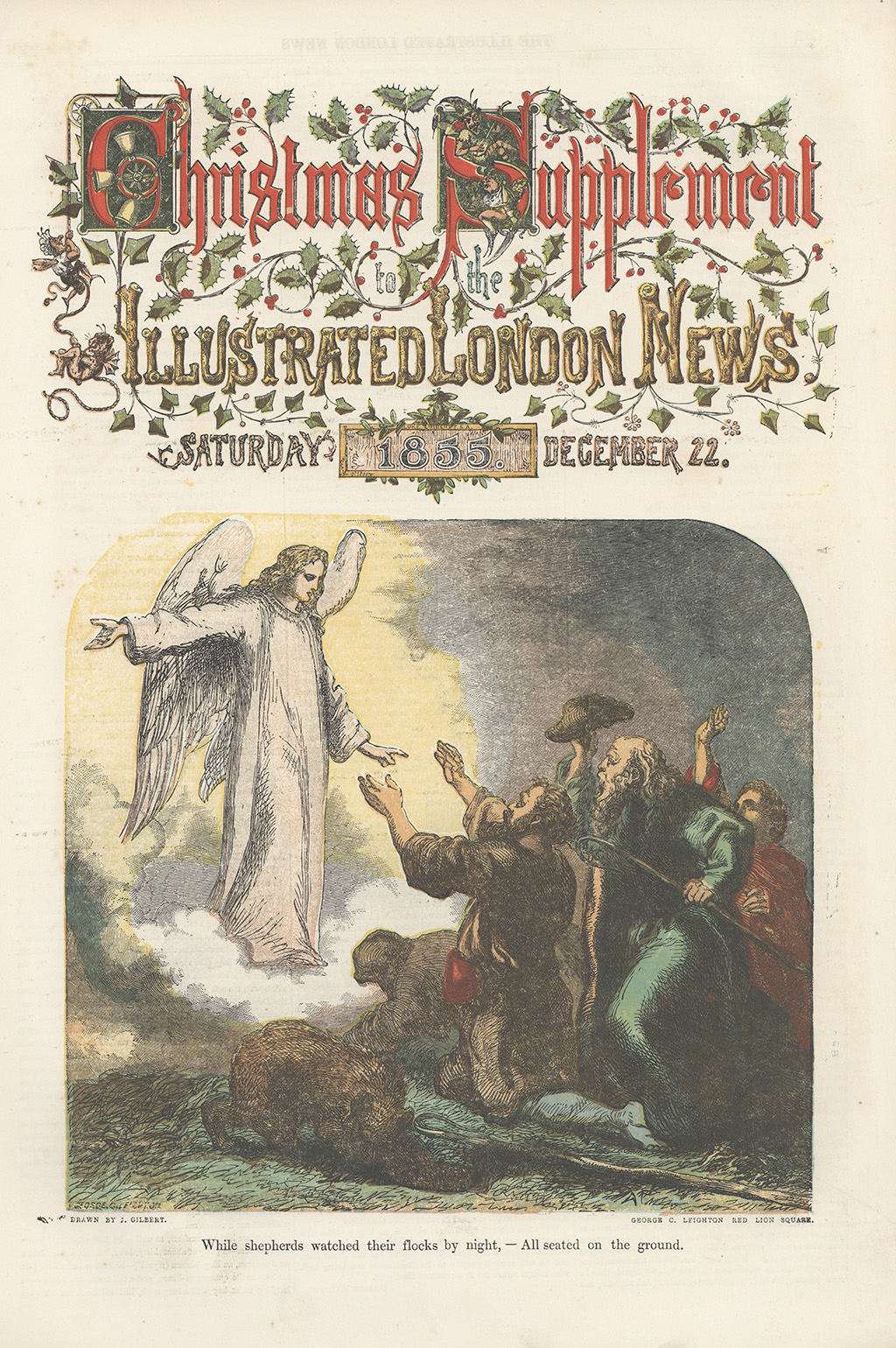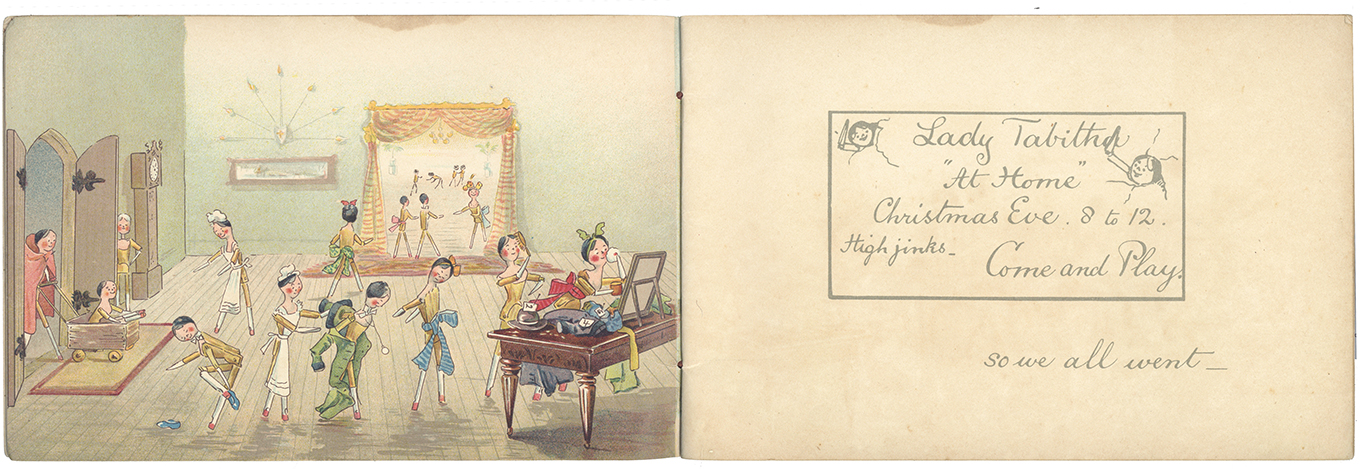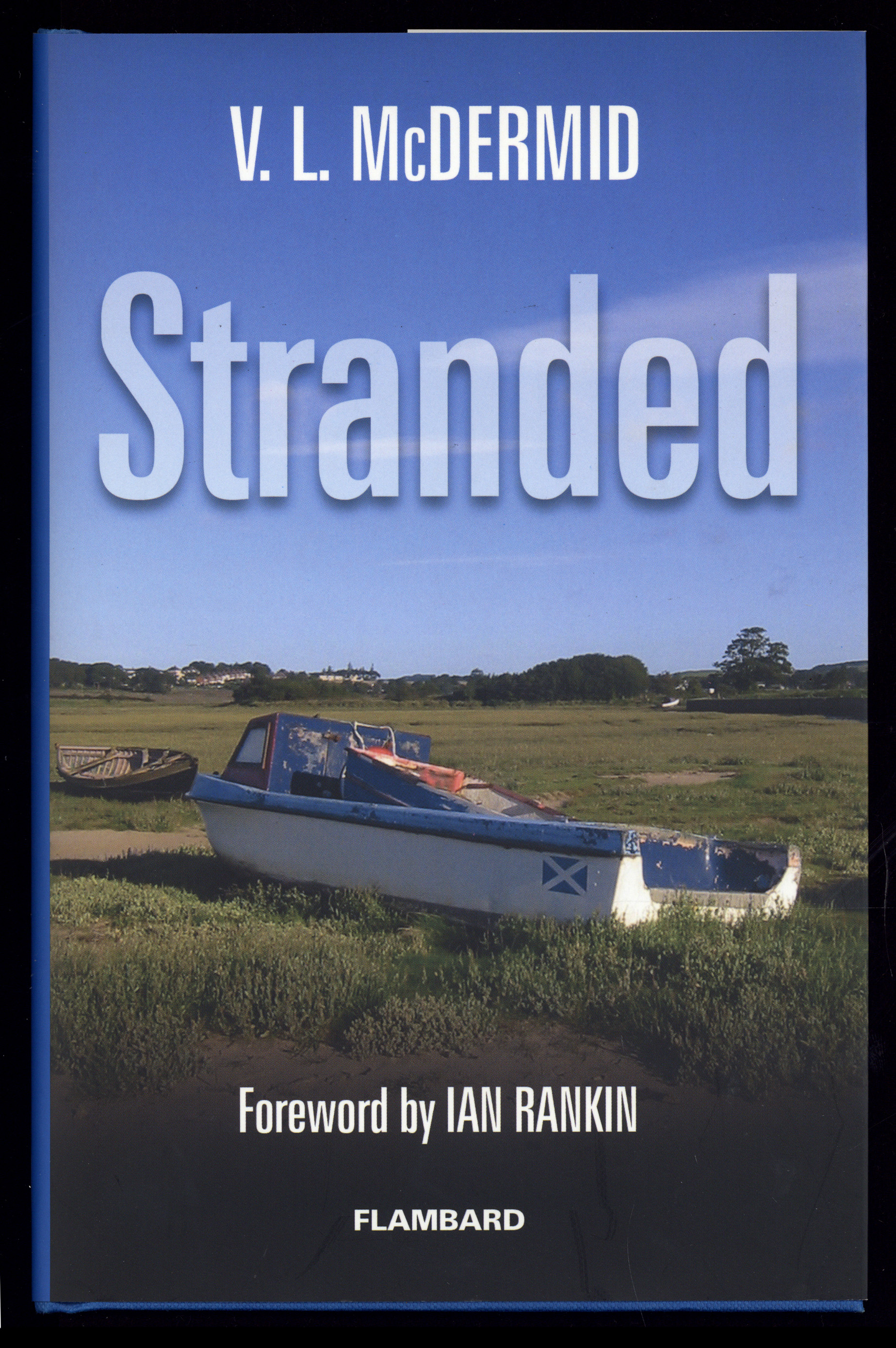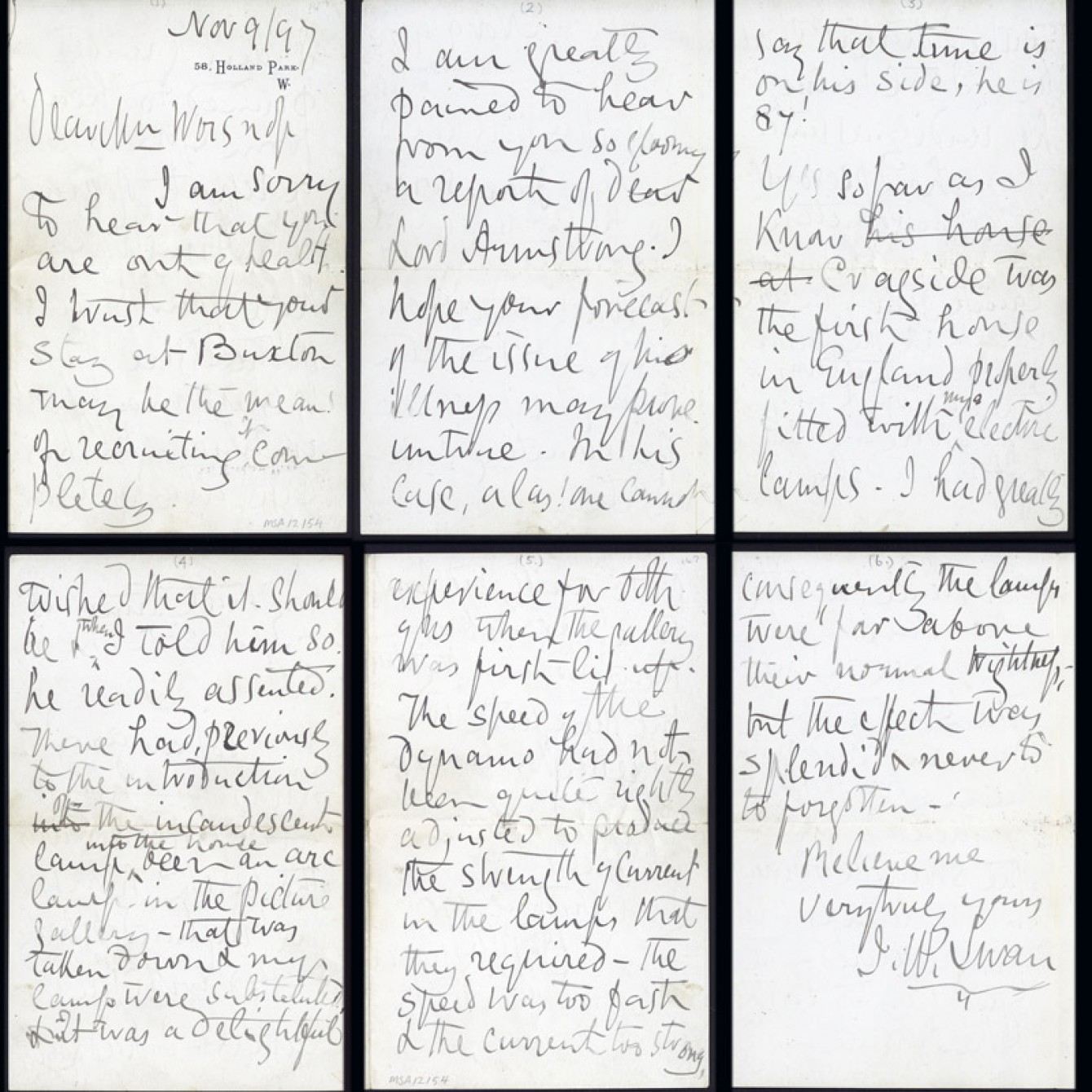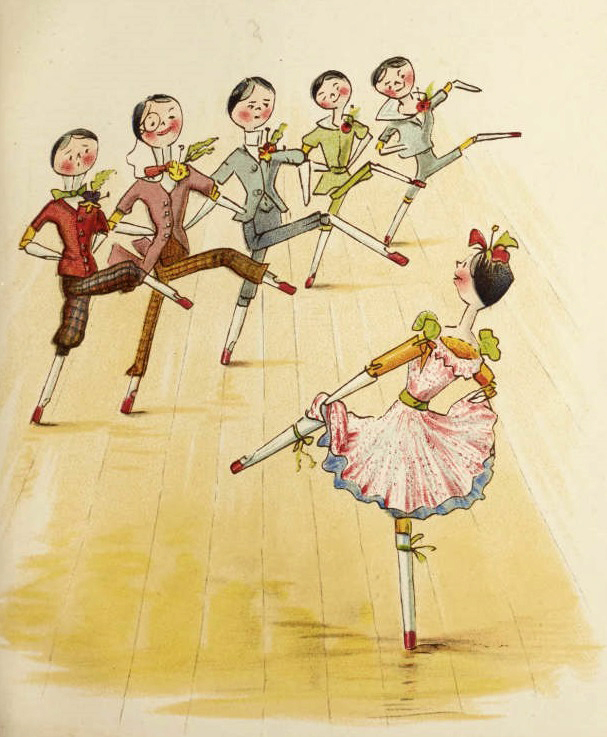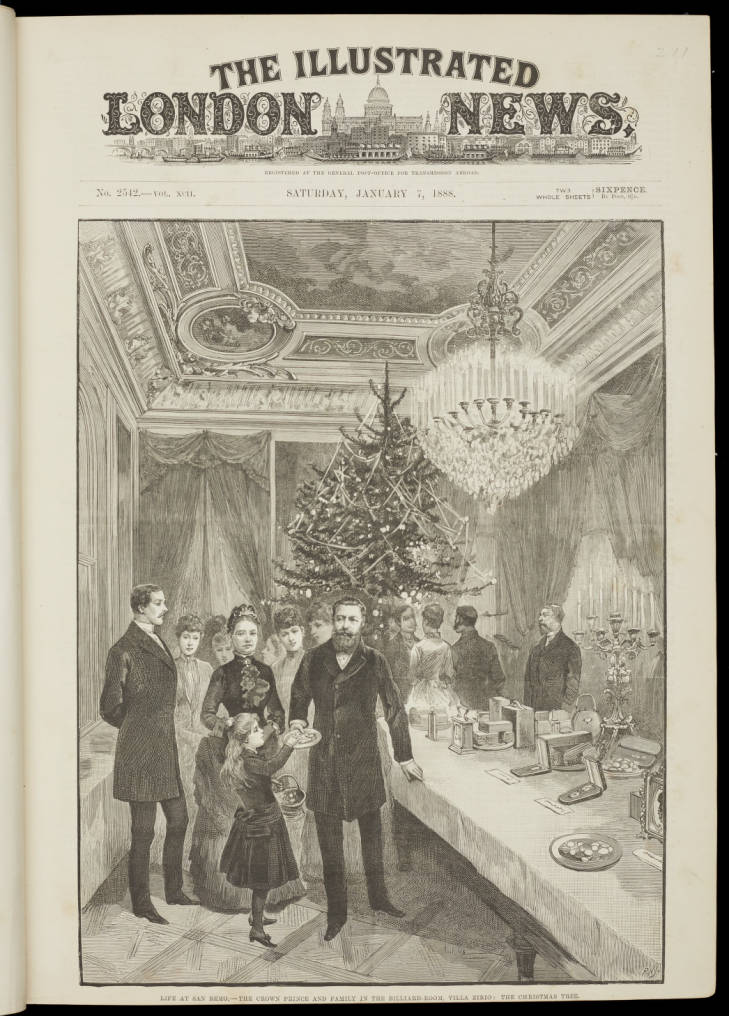‘Newcastle Beer’ from A Beauk o’ Newcassel Sangs (Joseph Crawhall II Collection, Crawhall 12)
“When fame brought the news of Great Britain’s success,
And told at Olympus each Gallic defeat,
Glad Mars sent to Mercury orders express,
To summon the Deities was plac’d
To guide the gay feast,
And freely declar’d there was choice of good cheer;
Yet vow’d to his thinking,
For exquisite drinking,
Their Nectar was nothing to Newcastle Beer.”
Joseph Crawhall II was born in Newcastle in 1821 and was the son of Joseph Crawhall I, who was a sheriff of Newcastle. As well as running the family ropery business with his brothers, he also spent his time illustrating, making woodcuts and producing books.

